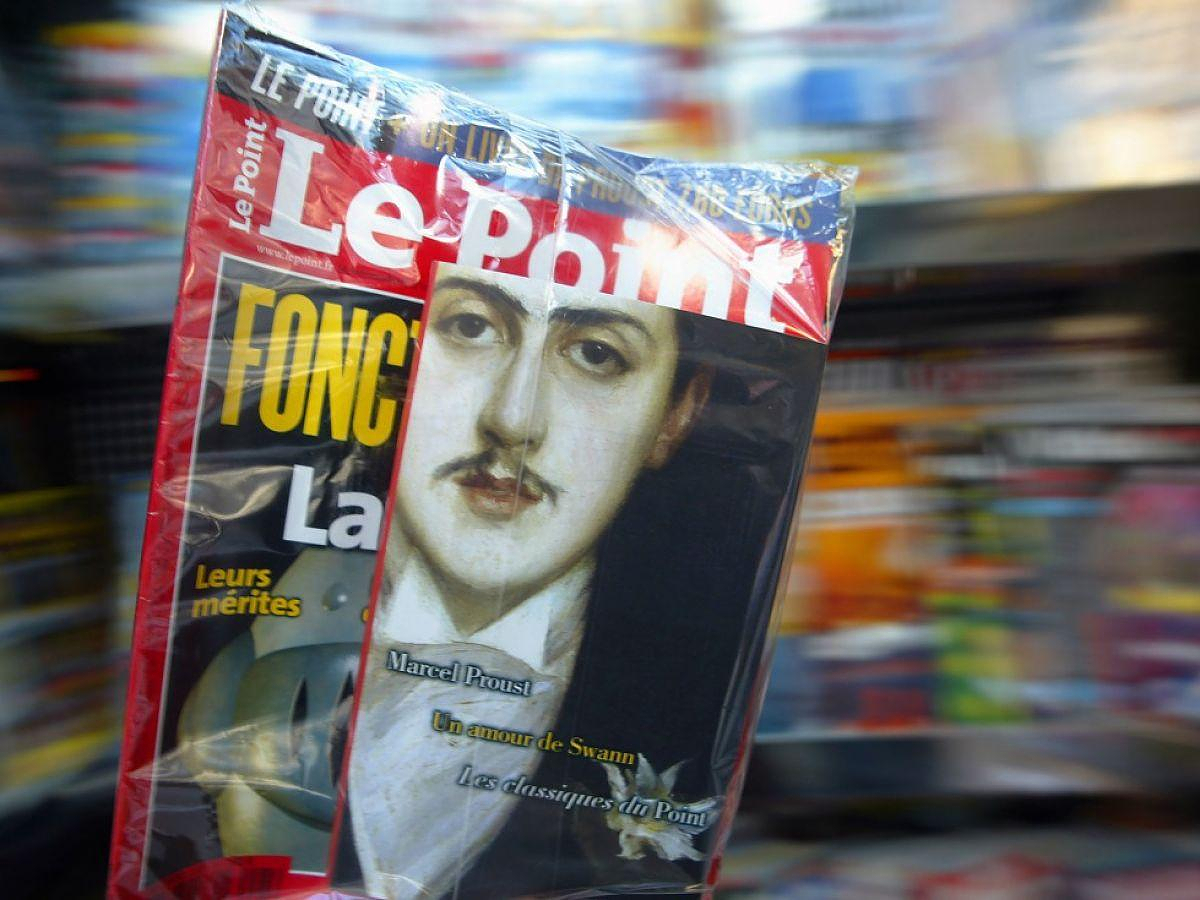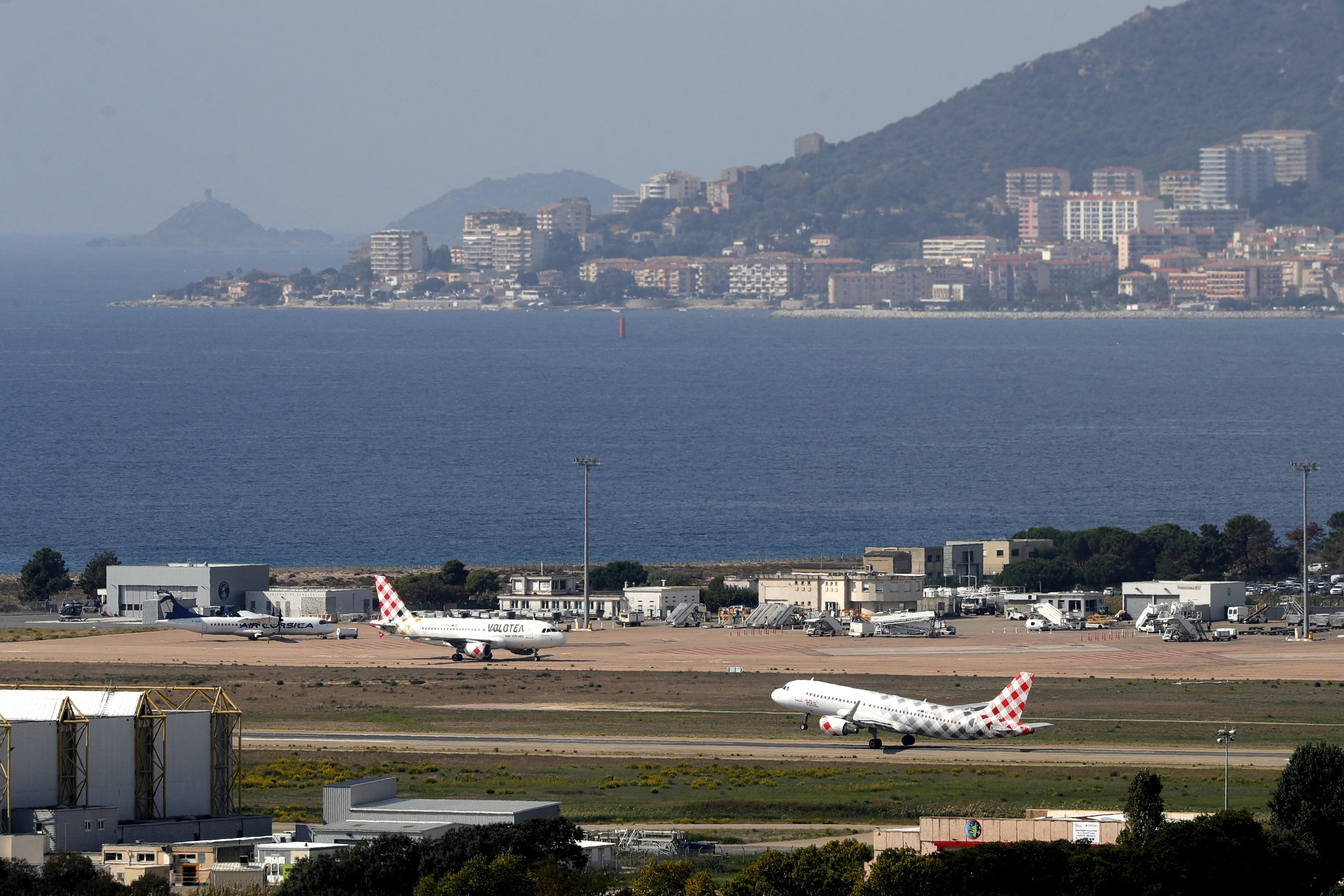The invasion of Ukraine by Russia - tragically - propelled the name of Maria Primachenko (1908-1997) on the Web, when the work of this great lady of naive art, which is a national emblem in his native country, was partially destroyed last February when the Ivankiv museum, north-west of kyiv, burned down following a bombardment by Russian forces. Result: 25 emblematic compositions gone up in smoke, and a tidal wave of indignant emotion among curators and art lovers around the world.
Today, three major paintings by Maria Primachenko are shown at the 59th Venice Biennale (until November 20) which the general curator, Cecilia Alemani, has chosen to combine with women and over which hangs the shadow of war in Ukraine. At the Giardini, a "Piazza Ukraina" has been installed to offer "a platform of solidarity to the Ukrainian people", while in the central pavilion sits a Scarecrow composed by Primachenko in 1967.
Aux Giardini, "L'Epouvantail", 1967.
© Venice Biennale
Further on, in the main nave of the Scuola Grande della Misericordia, the Pintchouk Foundation, an international showcase for contemporary art in Ukraine, is showing, alongside the works of its young laureates, two colorful canvases from 1977, Boxers and Antique Wolf, among some treasures that survived the ongoing conflict.
Two paintings from 1977, "Boxers" and "Antique Wolf", are exhibited by the Pintchouk Foundation at the Scuola Grande della Misericordia.
© Pat Verbruggen, 2022
This year, against a backdrop of geopolitics, the Biennale is an opportunity to recall the incredible journey of the woman who fascinated Picasso in her time. Daughter of peasants, Maria Primachenko was born in the small village of Boltonia, about thirty kilometers from Chernobyl. Much later, shortly before the nuclear disaster of 1986, she will appear on a canvas of the reactor after the explosion, an image born of a premonitory dream. Self-taught, suffering from poliomyelitis, the artist rarely leaves his native region, populating his paintings with animal, floral or geometric motifs from his imagination but also from the reality of what surrounds him. Her illness imposing long periods of immobility on her, she spends her days creating embroidery and painting frescoes or ceramics imbued with local popular traditions.
It was during the 1930s that Maria met with dazzling success. First in his country, during the first exhibition of naïve art in 1936, then in Europe, the following year, when the public discovered his work at the Soviet pavilion at the Universal Exhibition in Paris, which awarded him a medal. Golden. Picasso and Chagall then acclaim this "art of the marvelous" which links the universe of ancestral folklore to the upheavals of History in motion, the author of Guernica bowing to "the talent of this brilliant Ukrainian". Subsequently, Maria's fame crossed the Atlantic, to Canada, which celebrated the chromatic richness of her phantasmagorical creatures that she humanized through her gaze - eyes framed by long eyelashes or adorned with expressive eyebrows.
The Second World War and the interminable Cold War that followed gradually made Maria Primachenko fall into oblivion outside the borders of Ukraine. Except at home, where she remained a star, her country even paying her a posthumous tribute by publishing stamps bearing the image of her paintings on the centenary of her birth. Twenty-five years after the death of this prolific artist who left nearly 700 compositions, the world is rediscovering a work both accessible by its apparent formal "naivety", and disturbing by its contemporary resonance, like the dazzling flowers or dreamlike birds that Maria Primachenko explicitly presents, from the 1960s, as "messengers of peace".
This article is from our special issue "We, the Ukrainians", on newsstands August 24, in partnership with BFMTV.

 His body naturally produces alcohol, he is acquitted after a drunk driving conviction
His body naturally produces alcohol, he is acquitted after a drunk driving conviction Who is David Pecker, the first key witness in Donald Trump's trial?
Who is David Pecker, the first key witness in Donald Trump's trial? What does the law on the expulsion of migrants to Rwanda adopted by the British Parliament contain?
What does the law on the expulsion of migrants to Rwanda adopted by the British Parliament contain? The shadow of Chinese espionage hangs over Westminster
The shadow of Chinese espionage hangs over Westminster What High Blood Pressure Does to Your Body (And Why It Should Be Treated)
What High Blood Pressure Does to Your Body (And Why It Should Be Treated) Vaccination in France has progressed in 2023, rejoices Public Health France
Vaccination in France has progressed in 2023, rejoices Public Health France Food additives suspected of promoting cardiovascular diseases
Food additives suspected of promoting cardiovascular diseases “Even morphine doesn’t work”: Léane, 17, victim of the adverse effects of an antibiotic
“Even morphine doesn’t work”: Léane, 17, victim of the adverse effects of an antibiotic Collection of booklet A stalls in March
Collection of booklet A stalls in March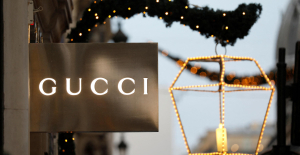 Kering expects a 40 to 45% drop in operating profit in the first half
Kering expects a 40 to 45% drop in operating profit in the first half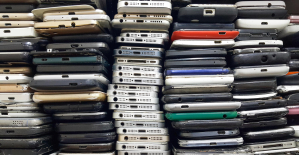 Smartphones, televisions, household appliances… MEPs adopt a “right to repair”
Smartphones, televisions, household appliances… MEPs adopt a “right to repair” Fintechs increasingly focused on business services
Fintechs increasingly focused on business services The standoff between the organizers of Vieilles Charrues and the elected officials of Carhaix threatens the festival
The standoff between the organizers of Vieilles Charrues and the elected officials of Carhaix threatens the festival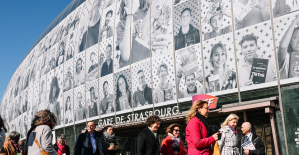 Strasbourg inaugurates a year of celebrations and debates as World Book Capital
Strasbourg inaugurates a year of celebrations and debates as World Book Capital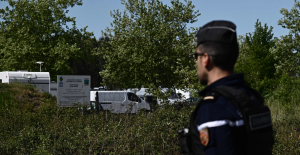 Kendji Girac is “out of the woods” after his gunshot wound to the chest
Kendji Girac is “out of the woods” after his gunshot wound to the chest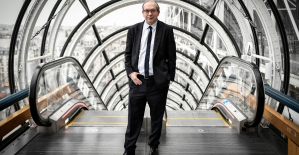 The Court of Auditors scrutinizes the management and projects of the Center Pompidou
The Court of Auditors scrutinizes the management and projects of the Center Pompidou Skoda Kodiaq 2024: a 'beast' plug-in hybrid SUV
Skoda Kodiaq 2024: a 'beast' plug-in hybrid SUV Tesla launches a new Model Y with 600 km of autonomy at a "more accessible price"
Tesla launches a new Model Y with 600 km of autonomy at a "more accessible price" The 10 best-selling cars in March 2024 in Spain: sales fall due to Easter
The 10 best-selling cars in March 2024 in Spain: sales fall due to Easter A private jet company buys more than 100 flying cars
A private jet company buys more than 100 flying cars This is how housing prices have changed in Spain in the last decade
This is how housing prices have changed in Spain in the last decade The home mortgage firm drops 10% in January and interest soars to 3.46%
The home mortgage firm drops 10% in January and interest soars to 3.46% The jewel of the Rocío de Nagüeles urbanization: a dream villa in Marbella
The jewel of the Rocío de Nagüeles urbanization: a dream villa in Marbella Rental prices grow by 7.3% in February: where does it go up and where does it go down?
Rental prices grow by 7.3% in February: where does it go up and where does it go down? Europeans: “All those who claim that we don’t need Europe are liars”, criticizes Bayrou
Europeans: “All those who claim that we don’t need Europe are liars”, criticizes Bayrou With the promise of a “real burst of authority”, Gabriel Attal provokes the ire of the opposition
With the promise of a “real burst of authority”, Gabriel Attal provokes the ire of the opposition Europeans: the schedule of debates to follow between now and June 9
Europeans: the schedule of debates to follow between now and June 9 Europeans: “In France, there is a left and there is a right,” assures Bellamy
Europeans: “In France, there is a left and there is a right,” assures Bellamy These French cities that will boycott the World Cup in Qatar
These French cities that will boycott the World Cup in Qatar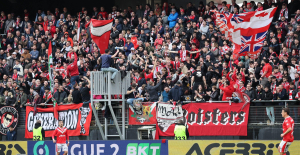 Football: VAFC supporters are ironic after their descent into National
Football: VAFC supporters are ironic after their descent into National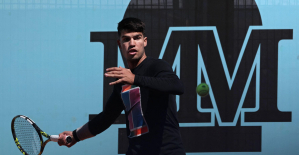 Tennis: Carlos Alcaraz should play in Madrid
Tennis: Carlos Alcaraz should play in Madrid Football: victim of discomfort in the middle of a match in mid-April, Evan Ndicka will resume training with AS Roma
Football: victim of discomfort in the middle of a match in mid-April, Evan Ndicka will resume training with AS Roma Ligue 1: PSG almost champion, OM, shock for the C1… 5 reasons to follow an exciting evening
Ligue 1: PSG almost champion, OM, shock for the C1… 5 reasons to follow an exciting evening





